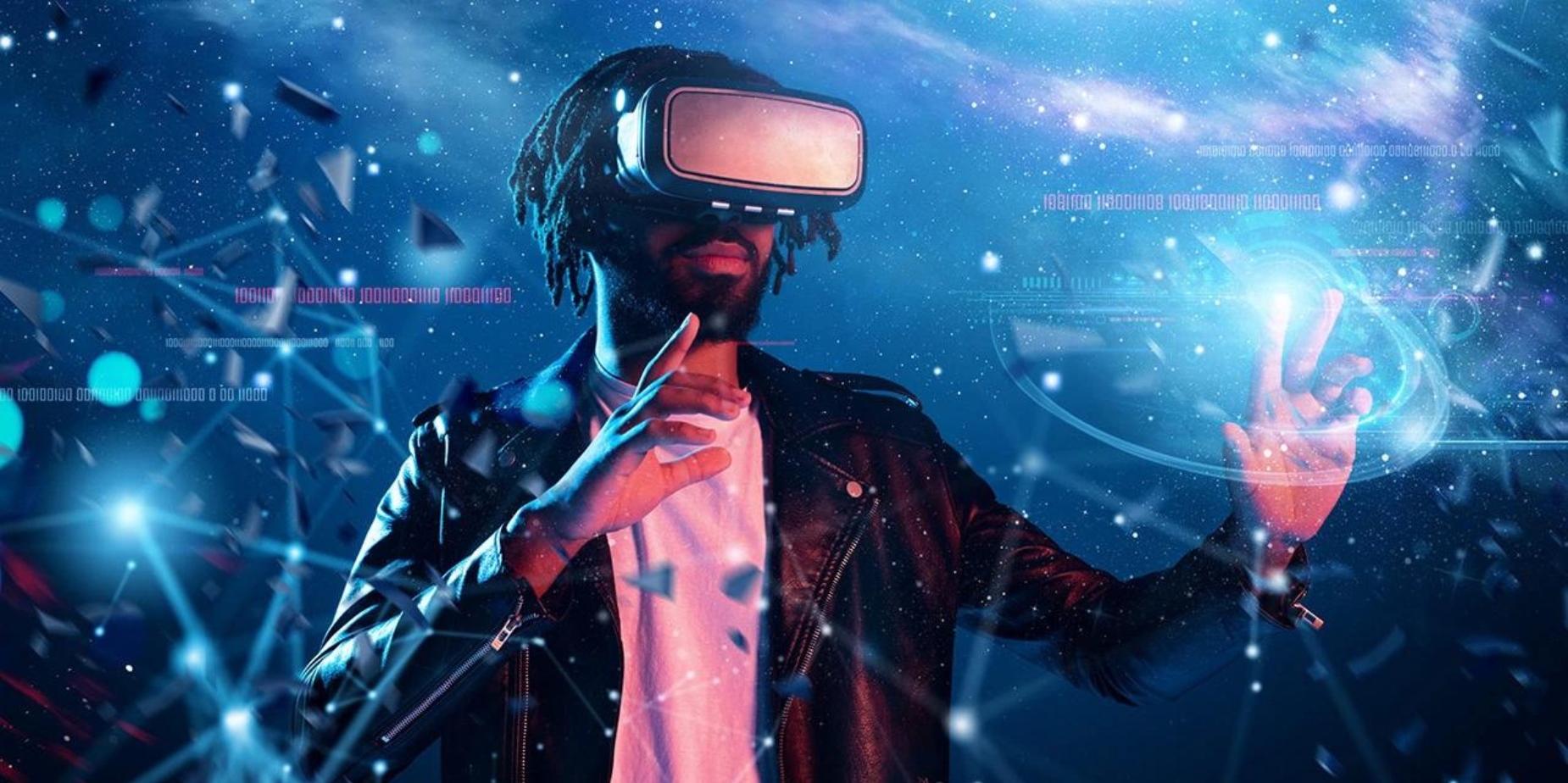Adapting Online Experiential Marketing Strategies for Virtual Spaces
Understanding the Shift from Offline to Online Experiential Marketing
Experiential marketing has long been recognized as a powerful strategy for brands to create meaningful connections with consumers in physical spaces. However, with the rapid digitization of the modern world, the landscape of marketing has evolved, prompting a transition from offline to online platforms. This shift has given rise to adapting experiential marketing strategies to virtual spaces, where brands can engage with audiences in innovative and immersive ways. Let’s discuss the key differences between offline and online experiential marketing, the technological advancements driving virtual experiences, and provide insights into best practices for successfully translating traditional tactics to digital platforms.
Picture this – a world where handshakes are replaced by emoji reactions and brand experiences are crafted not in physical stores, but in the digital realm. The landscape of marketing has seen a seismic shift from offline to online, with experiential marketing taking the virtual stage. Let’s delve into how brands are adapting and thriving in this virtual playground.
Key Differences Between Offline and Online Experiential Marketing
In the offline realm, touch, smell, and personal interactions drive experiential marketing. However, the digital world presents a new set of challenges and opportunities. How can brands evoke similar emotions and connections through screens and clicks? The transition from physical to digital interactions is a dynamic puzzle that marketers are solving with creativity and innovation.
Engagement Metrics: Comparing Offline and Online Success Indicators
Gone are the days of foot traffic and in-store interactions as primary metrics of success. Online experiential marketing strategies demand a shift towards measuring engagement through clicks, shares, and time spent virtually. Marketers now navigate a sea of data to understand consumer behaviours and preferences in this new online playground.
Leveraging Technology for Virtual Experience
Virtual reality (VR) and augmented reality (AR) are not just buzzwords anymore; they’re powerful tools transforming online experiential marketing. Brands are immersing consumers in virtual worlds, offering interactive experiences that blur the lines between the physical and digital realms. Welcome to the era where reality is just a starting point.
Utilizing Interactive Platforms and Tools for Enhanced Engagement
From live-streaming events to gamified brand experiences, interactive platforms are the new playgrounds for brands. Marketers are harnessing the power of chatbots, social media polls, and live Q&A sessions to engage audiences in real time. The digital world is a canvas, and brands are painting immersive experiences that captivate and connect.
Designing Virtual Spaces for Authentic Brand Experiences
In a world where screens replace shelves, creating authentic brand experiences is key. Designing virtual spaces that reflect brand values and resonate with consumers is the new frontier. From digital pop-up shops to interactive showcases, brands are redefining what it means to step into a brand’s world – virtually.
Personalization and Customization in Online Experiential Marketing
One size fits all no longer cuts it in the digital age. Personalization and customization reign supreme in online experiential marketing. Brands are leveraging data insights to deliver tailored experiences that speak directly to individual preferences and behaviours. The virtual world is a playground for brands to create unique, memorable experiences that leave a lasting impact on consumers.
Defining KPIs and Metrics for Virtual Experiential Campaigns
When it comes to the online world, measuring success isn’t just about counting likes and shares. You need to define key performance indicators (KPIs) that align with your goals. Whether it’s engagement metrics, conversion rates, or brand sentiment analysis, choose metrics that reflect the impact of your virtual experiential campaigns.
Analyzing Data and Insights to Evaluate Campaign Effectiveness
Data is your best friend in the virtual realm. Dive into the numbers to understand what’s working and what’s not. Analyze user behaviour, track interactions, and gather insights to evaluate the effectiveness of your online experiential marketing campaigns. Remember, data doesn’t lie – unless you’re talking about that one time your spreadsheet had too many zeros.
Adapting Offline Experiential Marketing Tactics for Online Delivery
Going from the physical to the digital world doesn’t have to be a daunting task. Get creative in adapting your offline experiential marketing tactics for online delivery. Whether it’s hosting virtual events, creating interactive experiences, or leveraging social media engagement, think outside the box or on the screen.
Building Seamless Cross-Channel Experiences for Consistent Brand Messaging
Consistency is key, even in the virtual realm. Ensure a seamless experience for your audience by maintaining consistent brand messaging across all channels. From your website to social media to virtual events, keep your messaging on point. After all, you don’t want to confuse your audience more than trying to assemble IKEA furniture without instructions.
Future Trends and Innovations in Virtual Experiential Marketing
The future is bright for virtual experiential marketing. Stay ahead of the curve by exploring upcoming trends and innovations in the digital space. From virtual reality experiences to AI-powered personalization, the possibilities are endless. Embrace the change, experiment with new technologies, and get ready to revolutionize the way you connect with your audience virtual high-five included.
Read more related articles:
Marketing to Gen Z: Strategies to Captivate Nigeria’s Youth Market
Thriving Industries in Nigeria in 2024 and Why
The Spending Power And Behavior Of Nigerian Consumers
Do Nigerian consumers pay for digital products, and how do you win them?
Gamification As a Marketing Tactic To Win In The African Market
The Rise of Fintech Products in the African Market, and Why?
How To Capture and Engage Online Customers: Strategies for the E-commerce Industry
Trends and Strategies: Maximizing Customer Experience in Hospitality Industry




